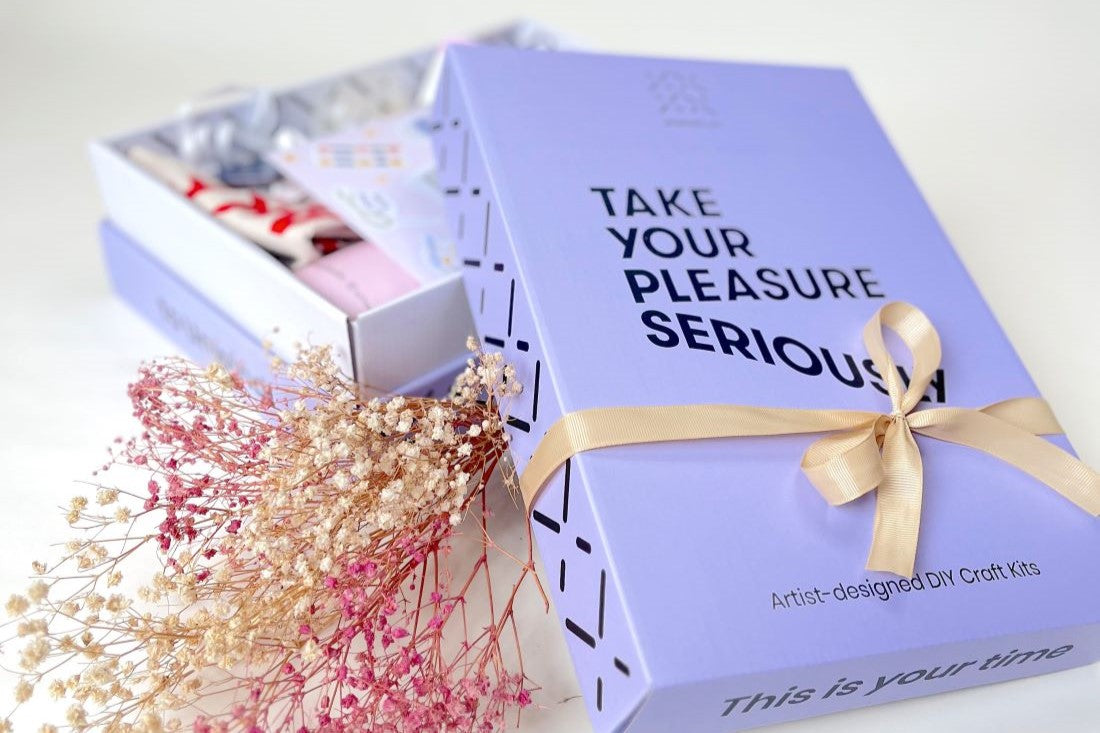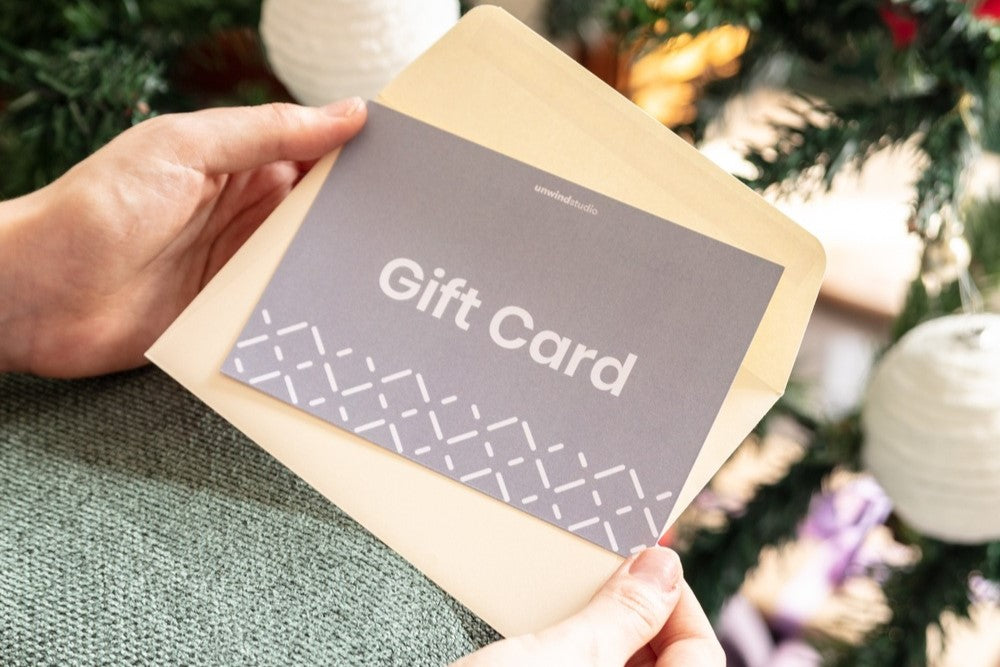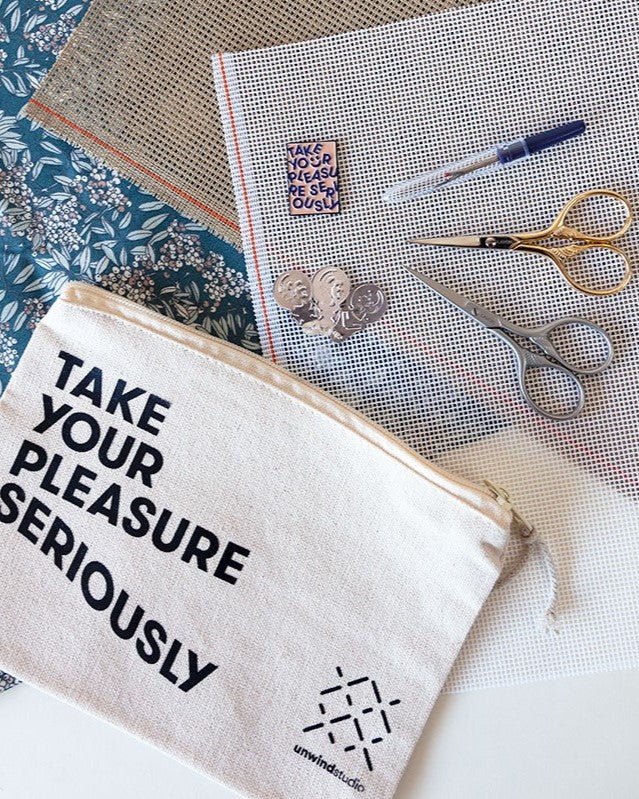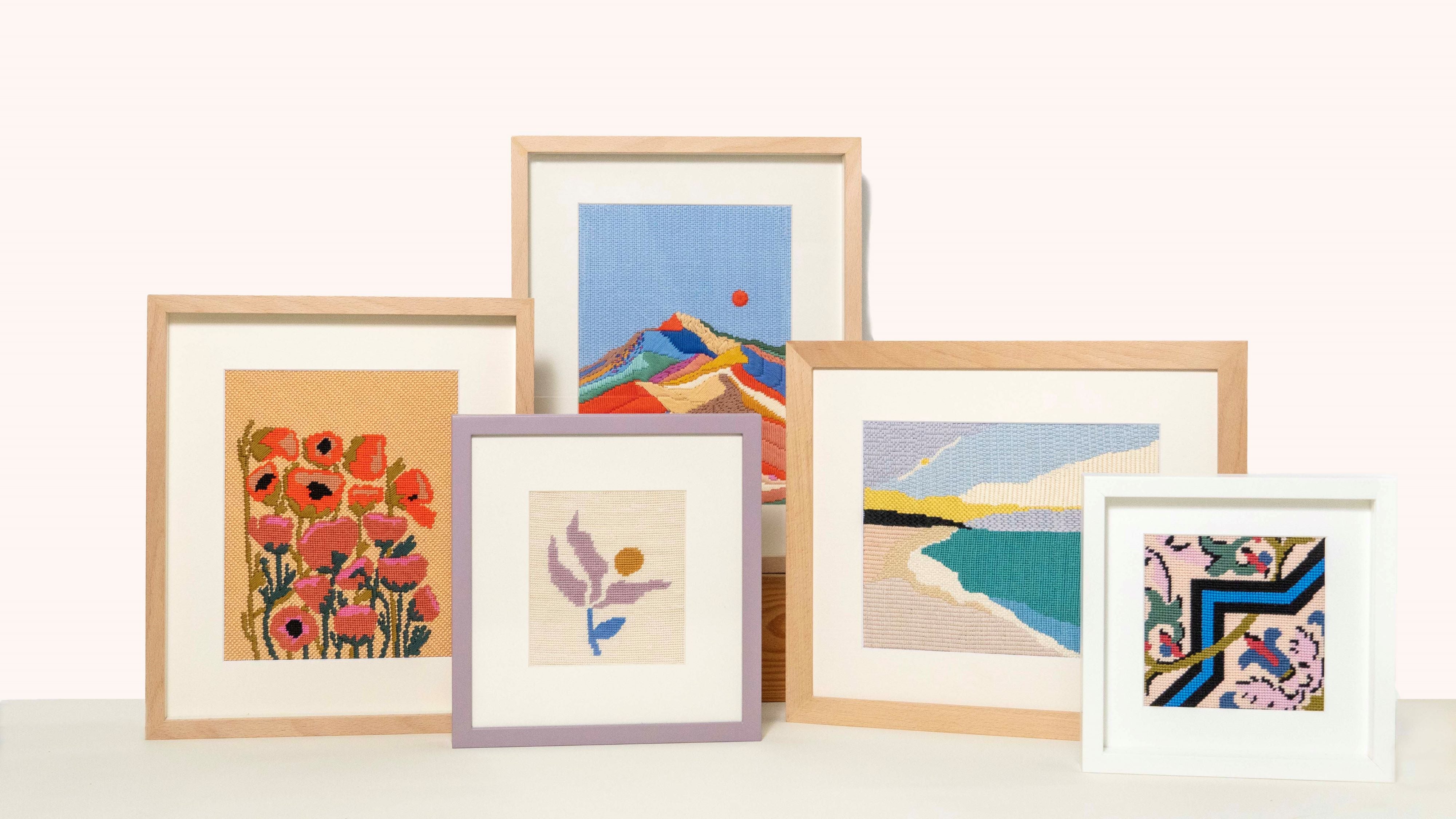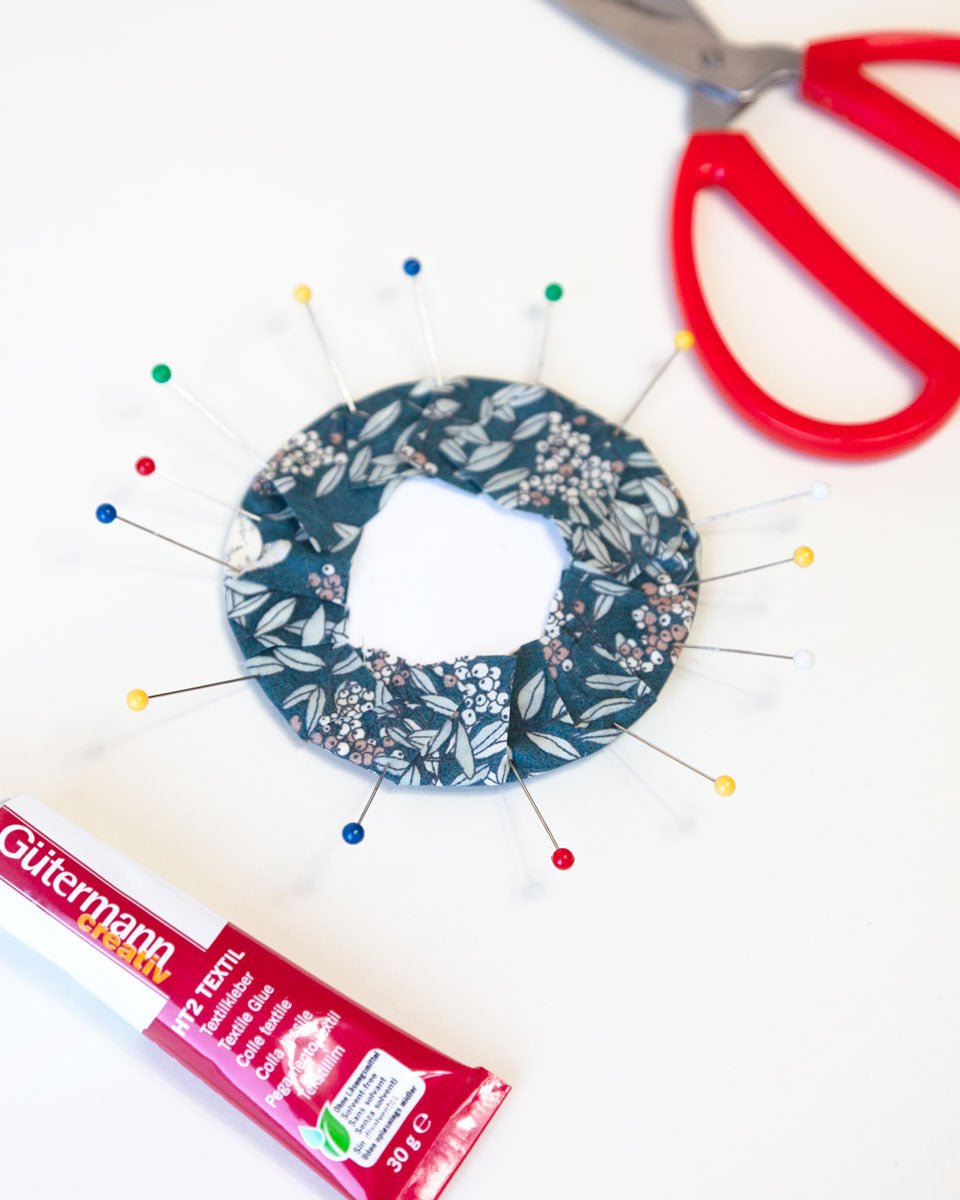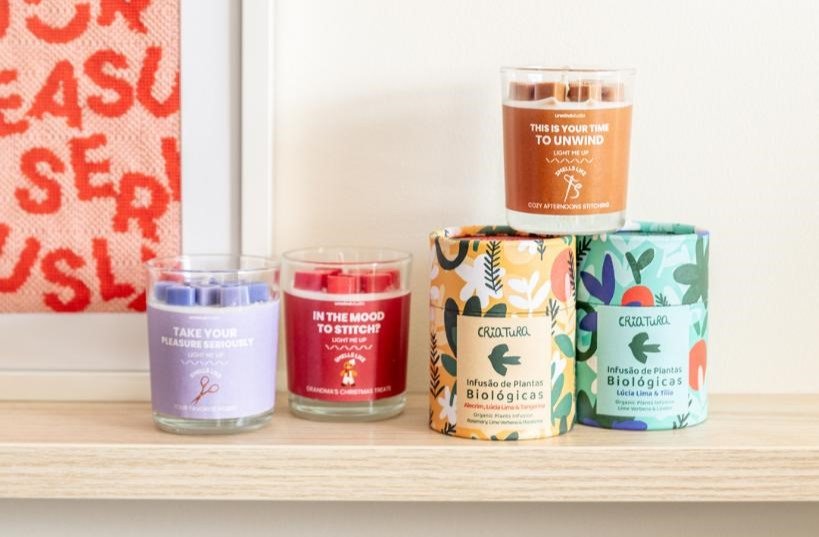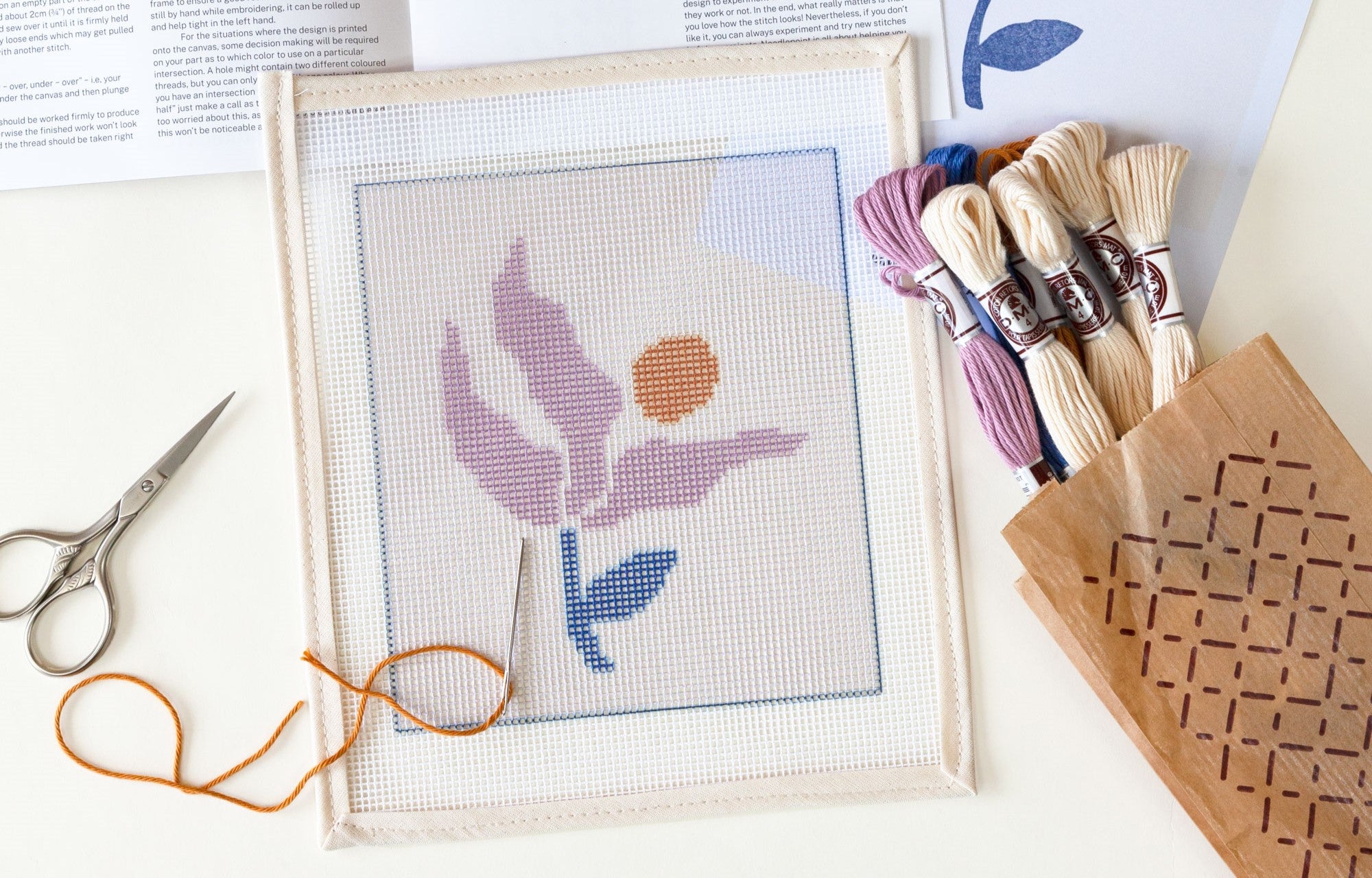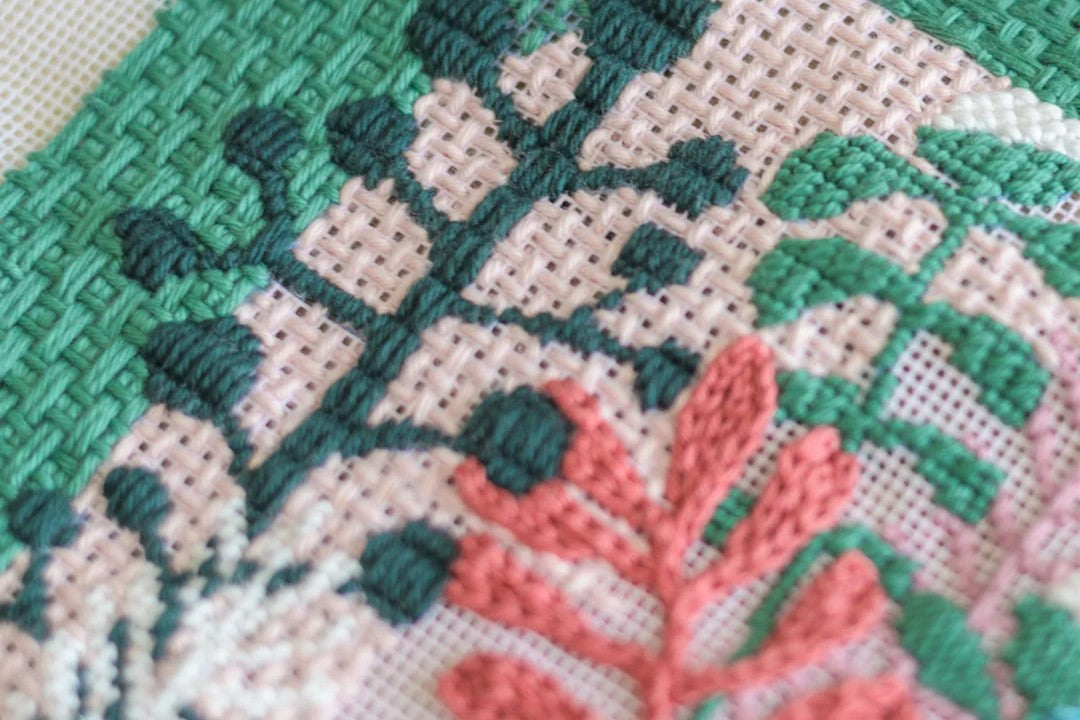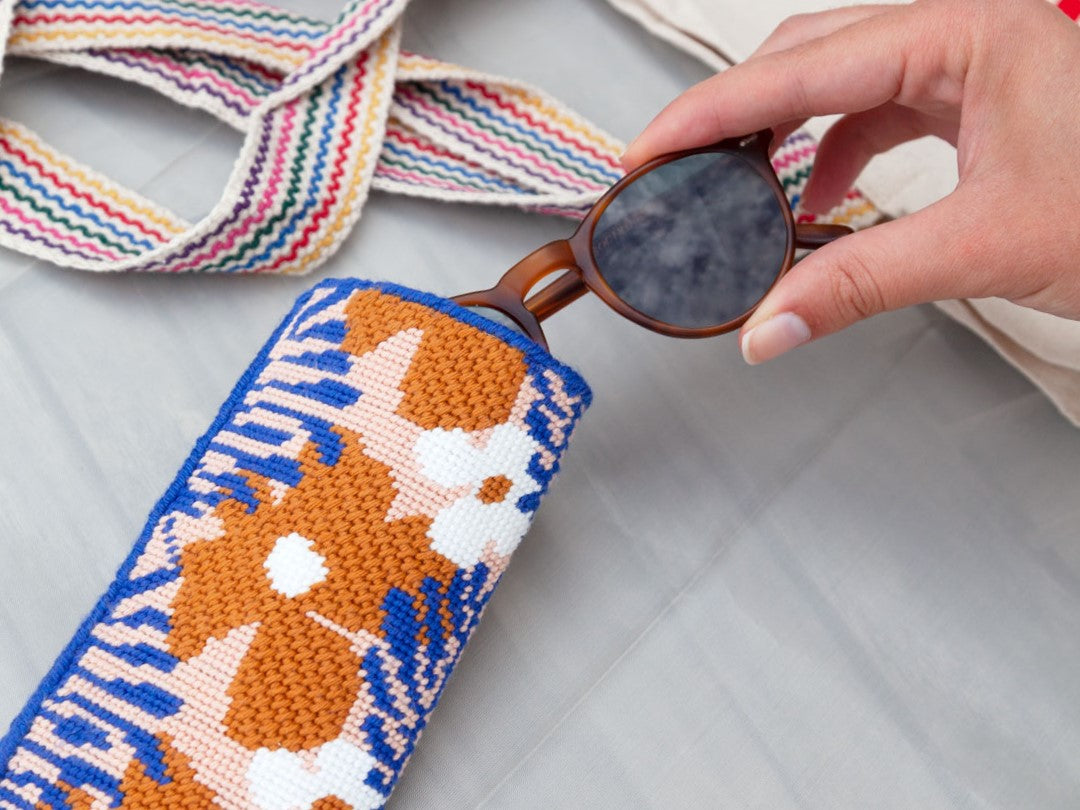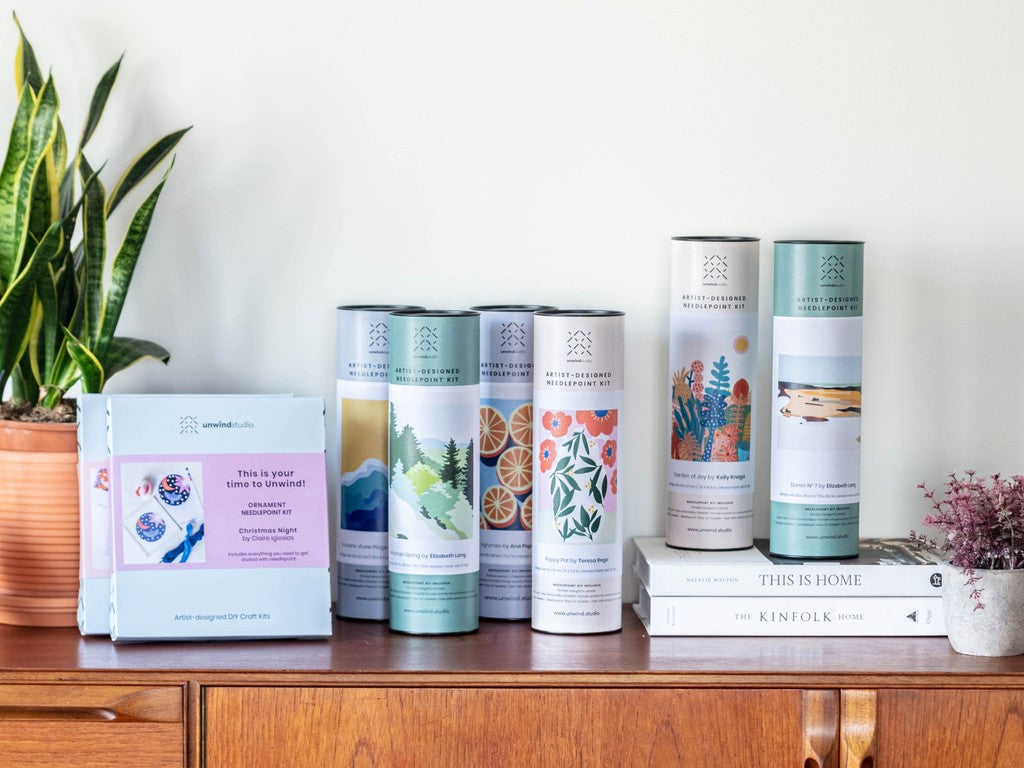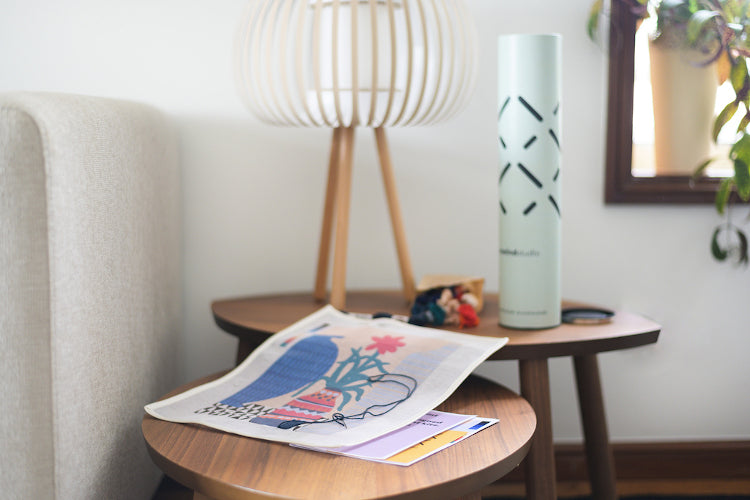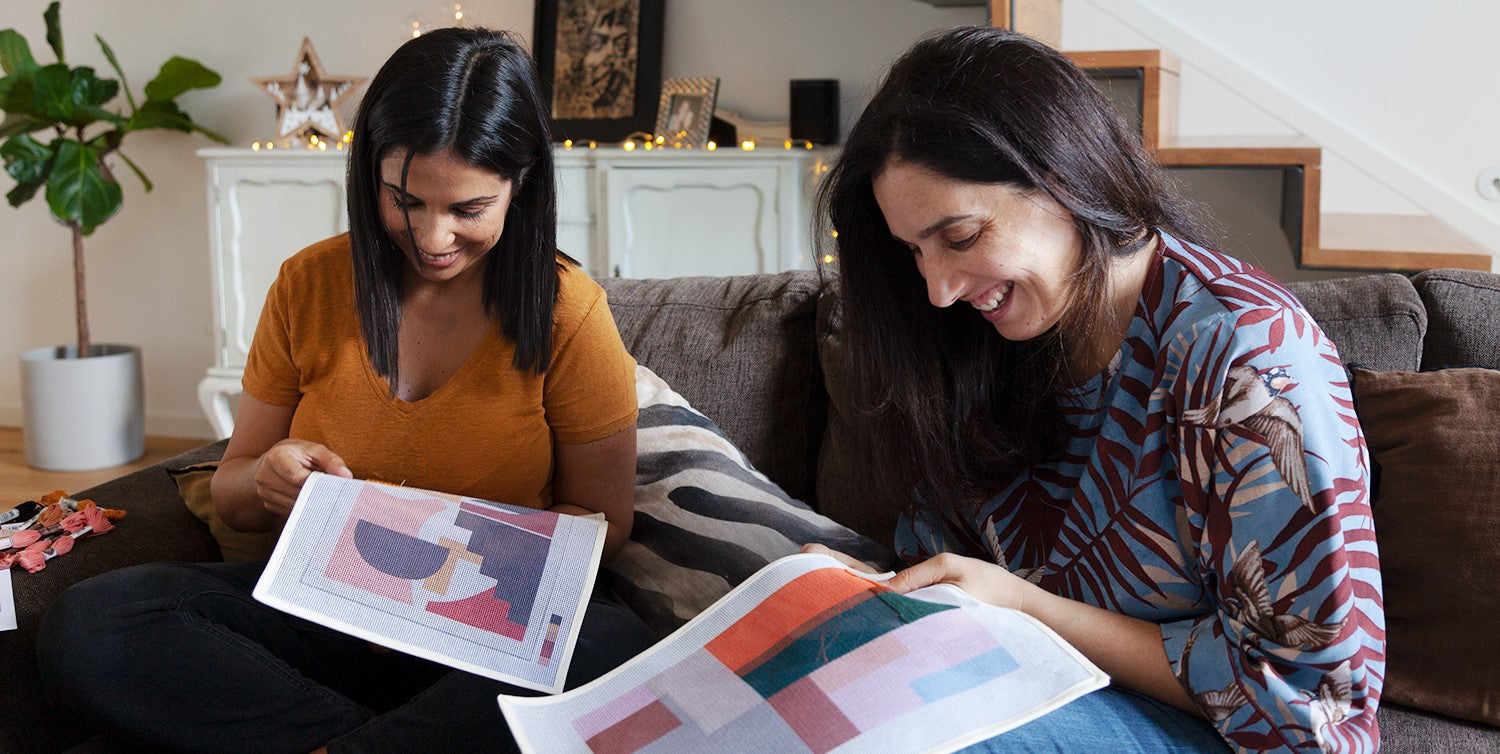Comment terminer un coussin en broderie avec passepoil : vidéo et mode d'emploi
Si vous êtes passionnée de broderie au point de croix et que vous avez hâte de faire passer vos projets au niveau supérieur, vous êtes au bon endroit. Aujourd'hui, nous vous guiderons tout au long du processus de création d'un superbe coussin de broderie au point de croix avec une finition en passepoil . Que vous soyez une brodeuse expérimentée ou une débutante cherchant à élargir ses compétences, ce tutoriel vous fournira toutes les étapes et astuces nécessaires pour obtenir une finition professionnelle.
Comment terminer un coussin de coussin brodé avec passepoil - Tutoriel vidéo
Pour ceux qui préfèrent un guide visuel, nous avons créé un didacticiel vidéo détaillé pour accompagner cet article de blog. Dans la vidéo, vous verrez chaque étape en action, vous offrant une compréhension claire et complète de l'ensemble du processus. N'oubliez pas de le consulter :
Comment terminer un coussin de coussin brodé avec passepoil - Instructions étape par étape
Matériel dont vous aurez besoin
Avant de vous lancer dans le projet, assurez-vous de disposer des éléments suivants :

- Toile de coussin au point de croix finie et bloquée
- Tissu de support (choisissez un tissu de votre choix ou achetez notre tissu en velours avec fermeture éclair invisible cousue )
- Cordon passepoilé (nous utilisons notre propre cordon passepoilé en velours )
- Fermeture éclair ( invisible ou normale - pas nécessaire si vous achetez notre kit avec matériaux de finition inclus)
- Épingles à coudre
- Ciseaux
- Rembourrage d'oreiller
- Machine à coudre – Si vous débutez avec les machines à coudre, consultez notre article de blog sur la couture 101 pour la finition au point de croix pour commencer.
Étape 1 : Préparez la tuyauterie
-
Mesurer et couper la tuyauterie :
- Mesurez votre passepoil pour qu'il s'adapte à la bordure de votre toile de broderie.
- Coupez le passepoil en conséquence pour vous assurer qu'il couvre toute la bordure.
-
Joindre les extrémités :
- Coupez un peu de farce à une extrémité de la douille.
- Insérez l’autre extrémité dans l’extrémité coupée pour créer une jointure homogène et voyez si elle s’adapte bien.

-
Épinglez la tuyauterie :
- Fixez le passepoil autour du bord de la toile à l'aide d'épingles à coudre.
- Assurez-vous qu'il est placé près de la bordure pour une finition soignée sans aucune toile vierge visible.
Étape 2 : Cousez le passepoil sur la toile
-
Changer le pied-de-biche :
- Remplacez le pied-de-biche de votre machine à coudre par un autre adapté à la couture de passepoils.
- Appuyez sur le levier du pied-de-biche pour retirer le pied actuel et fixer le nouveau.

-
Commencer à coudre :
- Commencez à coudre à une extrémité du passepoil, en le fixant avec vos mains et en retirant les épingles au fur et à mesure.
- Vérifiez régulièrement s’il reste une toile vierge et effectuez les ajustements nécessaires.

-
Coudre les courbes :
- Pour une couture plus douce autour des courbes, faites de petites coupes dans le passepoil.
- Ajustez le passepoil au fur et à mesure que vous cousez pour maintenir une finition soignée.

-
Terminer la tuyauterie :
- Lorsque vous atteignez l'extrémité du passepoil, coupez l'excédent et insérez-le dans l'extrémité préparée.
- Cousez pour sécuriser la jonction et vérifiez s'il reste des zones de toile vierges, en recousant si nécessaire.

Étape 3 : Fixez le tissu de support
-
Préparez le tissu de support :
- Choisissez votre tissu de support en vous assurant que la fermeture éclair est ouverte si elle est incluse.
- Alignez la pièce de broderie avec le tissu de support, les côtés avant face à face.
-
Épinglez et cousez les pièces ensemble :
- Épinglez les bords de la broderie et du tissu de support ensemble.
- Cousez le long des bords en restant près du passepoil en le sentant à travers le tissu.
-
Couper l'excédent de tissu :
- Coupez tout excédent de tissu sur les bords pour éviter tout volume à l'intérieur du coussin.
- Coupez tout excédent de tissu sur les bords pour éviter tout volume à l'intérieur du coussin.
-
Retourner et terminer :
- Retournez votre projet à l’endroit grâce à la fermeture éclair ouverte.
- Faites ressortir les coins pour une finition nette et inspectez s'il y a des taches de toile vierges.
- Pour le terminer, remplissez-le de rembourrage d'oreiller et c'est prêt !

Conseil important :
- Lorsque vous cousez le passepoil le long de la bordure de votre pièce, il est très important de vérifier régulièrement si une partie de la toile blanche apparaît. Si vous constatez cela, vous devez corriger l'erreur en la recousant au cours de cette étape (soit immédiatement lorsque vous la remarquez, soit après avoir cousu le passepoil tout autour, en recousant tous les endroits qui ne sont pas parfaits). Lorsque vous arriverez à la fin du processus, vous ne pourrez plus revenir en arrière et la corriger !

Créer un coussin au point de croix avec passepoil est un projet enrichissant qui met en valeur la beauté de votre broderie. Même si de petites erreurs peuvent survenir, elles n'enlèvent rien au charme et à l'originalité de votre coussin fait main.
Nous espérons que ce tutoriel vous aura donné envie de vous lancer dans votre propre projet de coussin au point de croix. Amusez-vous à bricoler et n'oubliez pas de partager vos belles créations avec nous.
Bonne couture !


